Description
As the most popular temple flower in India Tulasi is significant both religiously and medicinally. Described in Puranas such as Vishnu Purana, Bhagavatha Purana, Devi Bhagavatha Purana, and Padma Purana the importance of Tulasi within worship is clear. It is considered a goddess and consort of Lord Vishnu. The month of Karthika (October-November) is famous for Tulasi Pooja. There are three types of Tulasi used during rituals: Rama Tulasi with green leaves and stems, Krishna Tulasi with dark green leaves and stems, and Karppoora with camphor smell. Kattu (Vana) Tulsai (Ocimum gratissimum) which grows wild has no significance at all to Poojas. All three variations are often used in Ayurveda as well as exhibiting great variation across its range. Variations in soil type or rainfall can affect the size or shape of the plants as well as their medicinal strength or efficacy according to the scriptures like Vishnu Purana. Puranas say that Pooja without use of Thulasi cannot be completed.


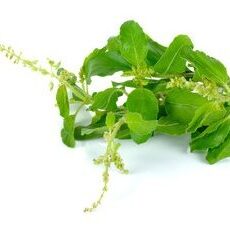
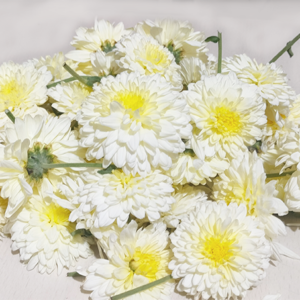
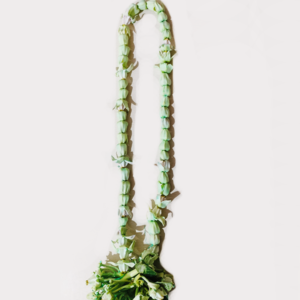
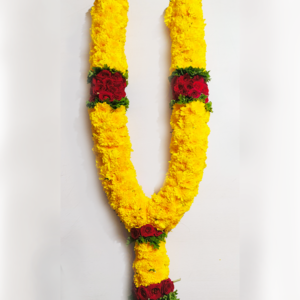
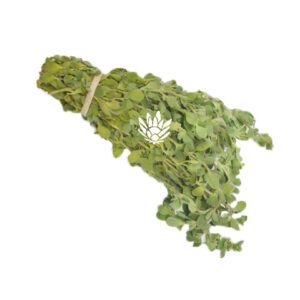
Reviews
There are no reviews yet.